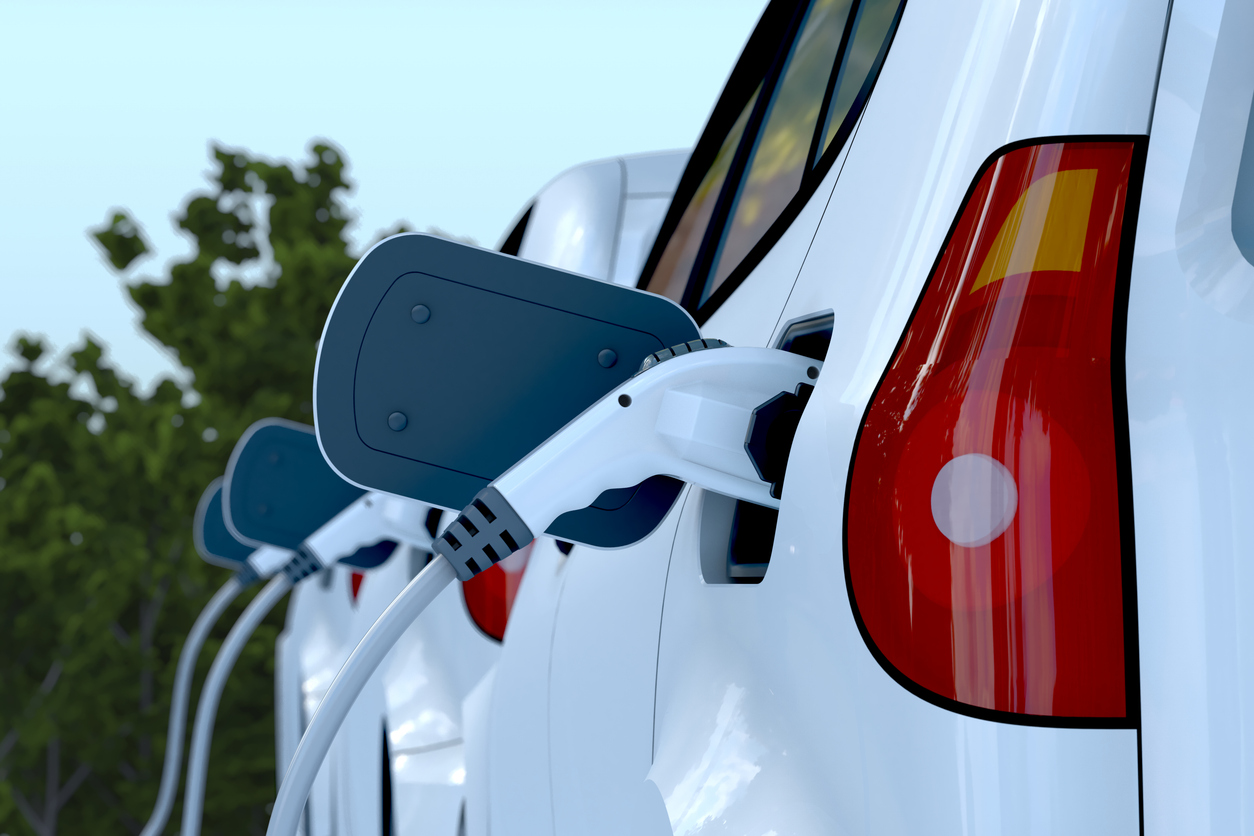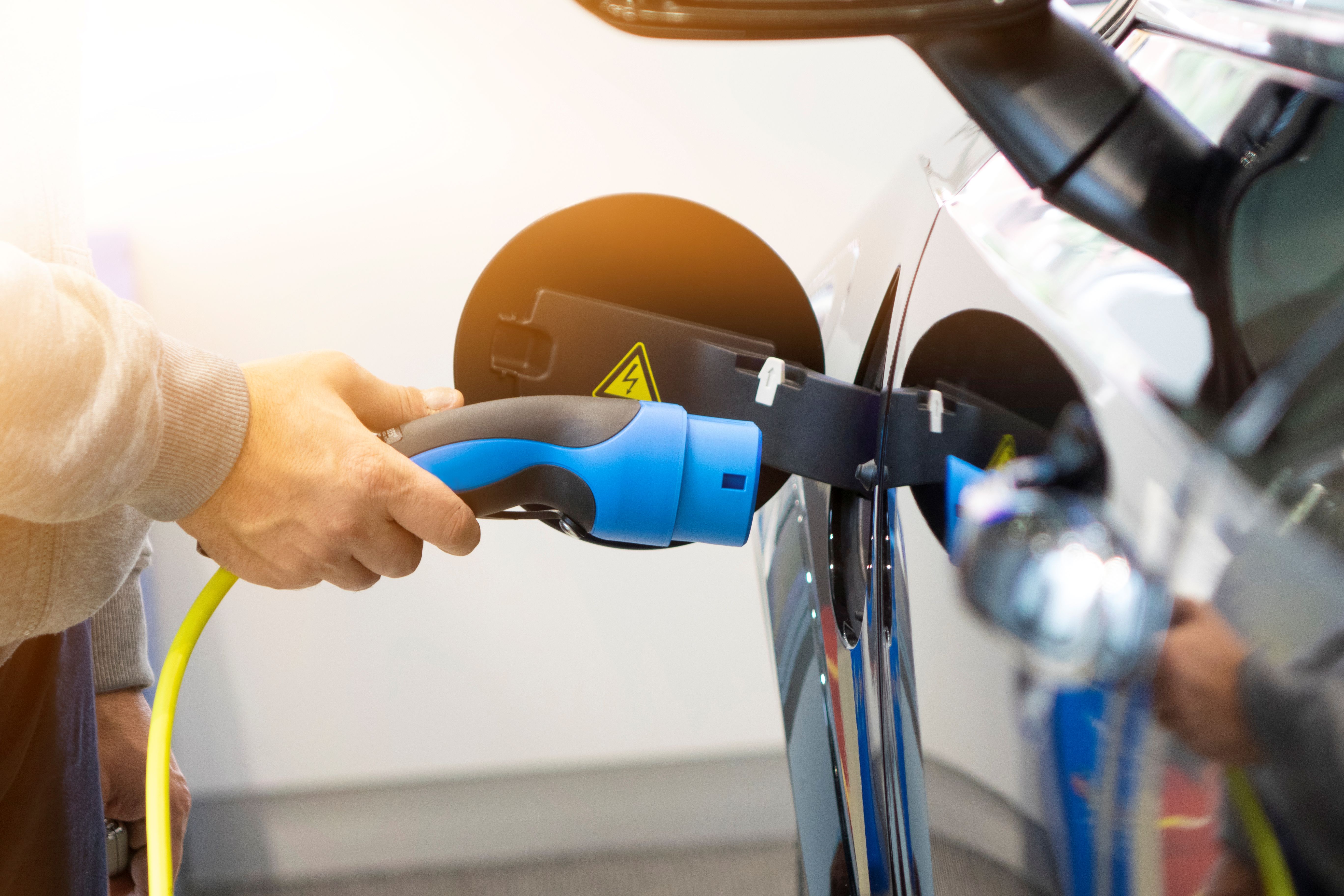With electrification projects increasing in scope and complexity across the fleet industry, there is no room for roadblocks caused by misinformation. Electric vehicle and charging technology is evolving at a rapid pace, with more and more advanced products and features becoming available each year. Continuing to educate fleet employees, from drivers and technicians to back-office staff, on electric vehicle and charging technology is vital to the continued success of new or existing electric fleet operations.
Myth: The electric vehicle options I need don't exist.
Fact: The number of electric vehicles across all classes, including medium- and heavy-duty, has increased each year. In 2017, there were approximately 17 plug-in electric vehicle (PEV) and 13 battery electric vehicle (BEV) options on the market, compared to 60 PEV options in 2019 and 26 BEV options in 2020. Many vehicle manufacturers, including Ford, have announced electric pickup trucks, while new medium- and heavy-duty electric vehicles, including buses and garbage trucks, are also becoming more and more available. No matter the goals of a fleet organization, there are electric vehicles either currently on the market or coming soon to help achieve them.
Myth: The electric vehicles and charging infrastructure I need are too expensive.
Fact: According to a BloombergNEF survey, the average price of lithium-ion battery packs has decreased from over $1,000 to below $200, making EV production costs as low as gasoline-powered vehicles.
When employing load management strategies, fleets can save on charging rates as well. Load management is the practice of minimizing charging during the most expensive times of day and at times when a facility is most likely to incur demand charges. The cost to charge an EV at a fleet depot is based on the time of day and the total demand a facility is placing on a grid. Although some utilities have static EV charging rates, electricity costs generally change during the day and if a building’s electricity demand exceeds thresholds set by the utility, extra fees are placed on the utility bill.
While installing charging infrastructure is a large up-front investment for fleets, there are strategies fleets can employ to see a favorable return on investment, including:
- Working with the power company on upgrades and rate structuring
- Including EVSE planning and capacity in all new facility projects
- Assessing site power capacity

Myth: Electric vehicles can’t drive far enough for my fleet needs.
Fact: EVs have come a long way since the early 2000s, especially regarding mileage and range anxiety. Not only can EVs drive for longer trips, but the availability of charging stations has also improved.
In 2014, the Nissan Leaf had a battery range of approximately 84 miles. In comparison, the 2021 Nissan Leaf vehicles have a range of 149-226 miles, depending on the model.
According to Electrify America, there are about 42,000 public charging stations in the United States. Level 1 and 2 chargers can charge between 4 and 60 miles per hour, while DC Fast chargers can charge between 22.5 and 360 miles per 15 minutes.
Myth: My electric fleet doesn’t need more chargers than initially installed for the pilot program.
Fact: While many fleet organizations across the globe are setting their sights on electrification, long-term success requires thorough planning. One way fleets can prepare for an electric future is through the deployment of an EV pilot program. The program can help fleets validate and refine their charging equipment strategy, invest in the appropriate technology, and educate fleet employees about EVs—but a pilot program can also help fleets prepare their operations for a more robust EV program in the future.
Electric fleet projects should have long-term growth built into the overall strategy. Without future-proofing strategies, it can be difficult to add more charging infrastructure to keep up with increasing EV counts years down the line. Some future-proofing strategies fleets could implement during their pilot include limiting trenching, assessing power capacity at regular intervals, and avoiding building too much at one time.
After debunking common EV myths, it is important for fleets to continue their focus on education to avoid any miscommunications as EV operations grow. In addition to continuing education, it is important to regularly assess operations, including driver feedback, load management, costs, and routing, to keep employees and management on the same page. An integrated electric vehicle charging solution helps fleet organizations collect and analyze EV and charging data so the best decisions for the fleet during and after a pilot program can be made quickly and easily. The charging data that should be collected may include the date and time of the charge session, actual time of charge versus plug-in time, and kilowatt-per-hour cost.












